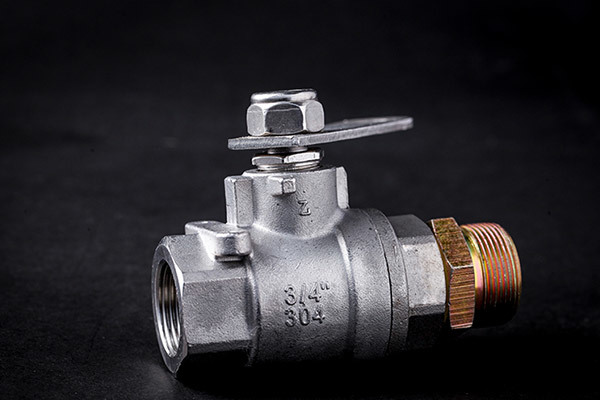31
2023
-
10
Are there any considerations to keep in mind when installing stainless steel hoses in corrosive environments?
There are several considerations to keep in mind when installing stainless steel hoses in corrosive environments. Stainless steel hoses are known for their corrosion resistance, but they may still be susceptible to certain corrosive conditions depending on the specific alloy and the severity of the environment. Here are some important factors to consider:
Material Selection: Choose the appropriate stainless steel alloy that offers the necessary corrosion resistance for the specific environment. Different grades of stainless steel offer varying levels of resistance to different corrosive agents. For example, austenitic stainless steels (such as 304 and 316) are generally resistant to many chemicals, while duplex stainless steels (such as 2205) provide enhanced resistance to chloride-induced corrosion.
Chemical Compatibility: Ensure that the stainless steel hose is compatible with the chemicals or corrosive substances present in the environment. Some chemicals may still corrode stainless steel under certain conditions, so it's important to verify compatibility with the manufacturer or consult corrosion compatibility charts.
Temperature and Pressure Ratings: Consider the temperature and pressure conditions that the hose will be exposed to. Stainless steel hoses typically have specific temperature and pressure ratings provided by the manufacturer. Ensure that the selected hose can handle the anticipated temperature and pressure levels in the corrosive environment without compromising its integrity.
Protective Coatings or Linings: In extremely corrosive environments, additional protection can be provided by applying coatings or linings to the inner or outer surface of the hose. These coatings can act as a barrier against corrosive substances and extend the service life of the hose. Consult with the manufacturer or a corrosion specialist to determine the most suitable coating or lining for the specific environment.
Regular Inspection and Maintenance: Even in corrosive-resistant environments, it is essential to conduct regular inspections to detect any signs of corrosion, damage, or degradation. Perform visual inspections, check for leaks, and follow the manufacturer's recommended maintenance practices. Timely identification and addressing of any issues can help prevent failures and ensure the longevity of the stainless steel hose.


